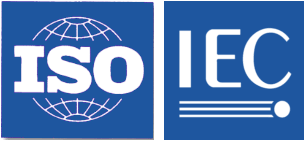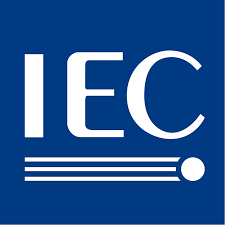Automation systems and integration — Evaluating energy efficiency and other factors of manufacturing systems that influence the environment — Part 5: Environmental performance evaluation data
ISO 20140-5:2017 specifies the types of environmental performance evaluation (EPE) data, including their attributes, which can be used for evaluating the environmental performance of manufacturing systems based on the general principles described in ISO 20140‑1. It also provides recommendations for mapping the EPE data on to information models specified by IEC 62264.
ISO 20140-5:2017 applies to discrete, batch and continuous manufacturing.
ISO 20140-5:2017 is applicable to entire manufacturing facilities and to parts of a manufacturing facility.
ISO 20140-5:2017 specifically excludes from its scope the syntax of the data and information models, the protocols to exchange data models, the functions that can be enabled by data models, and the activities in Level 1 and Level 2.
The scope of ISO 20140-5:2017 also includes indicating the differences among various data and information models and the differences among various representations of environmental performance by actual data.
ISO 20140-5:2017 refers to the semantics of the structured data and information models used by communication protocols. The semantics explain the meaning of the attributes and of the context information.
The following are outside the scope of ISO 20140-5:2017:
· product life cycle assessment;
· EPE data that are specific to a particular industry sector, manufacturer or machinery;
· acquisition of data;
· the activity of data communication.




